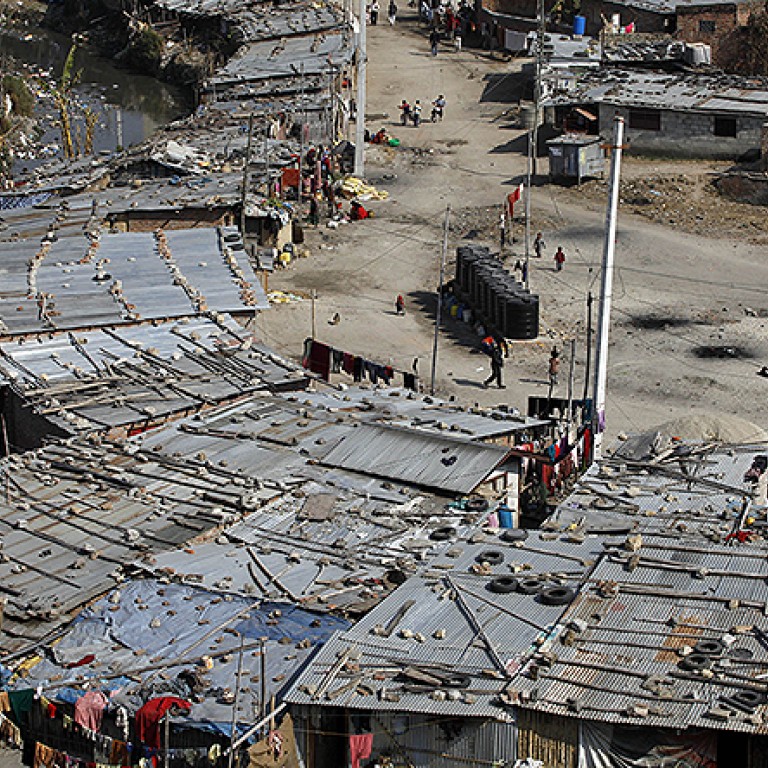
Private sector involvement needed to end poverty in Asia's mountains
Curtis Chin says projects must be innovative, collaborative and impactful
Frankly, it need not be moon versus mountains. As Asia looks skyward to the tremendous success of China's 20-year-old, multibillion-dollar space programme, much more needs to be done here on earth to bring business growth to some of the highest parts of Asia and the Pacific, a region still home to the vast majority of the world's poor.
Poverty remains a persistent challenge among the people who continue to make their lives in some of the world's most remote mountain regions in Asia, whether in Afghanistan, Myanmar or China. Limited economic opportunities still characterise these sparsely populated communities.
That was certainly the message at a conference on poverty reduction that helped mark the 30th anniversary of the International Centre for Integrated Mountain Development. Headquartered in Kathmandu, the intergovernmental centre was founded in 1983 to serve the member nations of the Hindu Kush Himalayan region - Afghanistan, Bangladesh, Bhutan, China, India, Myanmar, Nepal and Pakistan.
Here and elsewhere in Asia, it is the private sector that is key to sustainable economic growth, job creation and poverty reduction. That is as true in the plains and lowlands of Asia as it is in its remotest mountain regions, typically home to indigenous peoples and characterised by inaccessibility and fragile agricultural ecosystems.
To address this, business, government and civil society must come together and move beyond politics, stereotypes and animosity that have for too long divided the Hindu Kush Himalayan region - home by some estimates to more than 180 million people, as well as vast water, forest and other resources at risk of unsustainable exploitation - and focus instead on partnering for sustainable economic growth.
Three important areas must be addressed to spur private-sector engagement in Asia's remote mountain regions.
The first is innovation. The private sector is often ready to explore partnerships, but joint activities and plans for engagement must be innovative, with a business model that is not purely philanthropic, but structured to ensure both people in the community and the private sector can benefit.
The second is involvement. Too often, the business community is invited to "participate" in a project or asked to fund a piece of research that has already been outlined and decided. The message is, in essence: we want your money, but any other involvement is not welcome lest it "taint" the effort. But the private sector should be engaged early on.
The third is impact. For the business community, impact assessment is critical. Unlike government, business depends on past success to fund future successes. Results must be measured. The remoteness of mountain communities cannot be an excuse for the lack of financial returns on a business investment. When a pilot programme is brought to the business community for assessment and possible expansion, its impact and scalability must be clear and transparent.
While governments typically drive basic infrastructure investments such as rural electrification and farm-to-market roads, the private sector is well positioned to help mountain communities by providing financing, market linkages, knowledge and other services.
It is clear that business can be a powerful partner in the fight against poverty in the Hindu Kush Himalayas.

